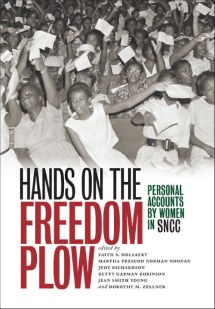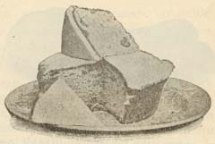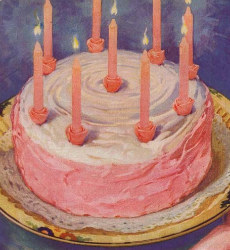In the spirit of election day, we are highlighting a new acquisition: the James Cartoons Posters, a series of political cartoon posters created by the New Process Electro Corporation in 1920 and 1921.
They are remarkable for a number of reasons—including their large size (21 x 31 inches) and their beautiful colors. Originally offered as a subscription for $1.25 per week, the posters feature not-so-subtle commentary on everything from the League of Nations, prohibition, Russian aggression, and the Ponzi scheme. One common topic is the 1920 presidential election, where Warren G. Harding challenged James Middleford Cox. One of our favorites, “The Home Stretch!,” stars Harding (riding on the GOP Elephant) and Cox (being pulled in a wagon by the Democratic Donkey) racing towards the Election Day finish line.
 |
| Detail from “The Home Stretch!” |
Many of the posters reflect America’s increasing isolationism, particularly regarding Europe and the League of Nations. Harding’s campaign for a “return to normalcy” struck a chord with voters who were exhausted by World War I and disillusioned by global politics. He defeated Cox in a landslide on November 2, 1920.
The James Cartoons Posters collection has only a sampling of the originally published series, so unfortunately we don’t know what the artist had to say about Harding and the Republicans post-election.
 |
| Detail from “The Home Stretch!” |
Post contributed by Meghan Lyon, Accessioning Associate.















